Speaking at the workshop, Mr. Dang Quang Tu, Chairman of the People's Committee of Da Lat City (Lam Dong), emphasized: "The scientific workshop is to review the history of the development of a land, to recognize and evaluate the achievements in the past 130 years; thereby fostering pride, love, and deep attachment to the homeland, while sketching the future appearance of the city, creating new motivation to continue building and developing a modern, civilized and beautiful Da Lat".
The internal conflicts of Dalat
What will the future city look like? In the future, will Da Lat be a multifunctional city, with new creative industries such as entertainment industry, architecture, music industry, fashion industry, film industry, culinary industry, or a smart city, heritage city, low carbon city? These are the issues discussed at the workshop.
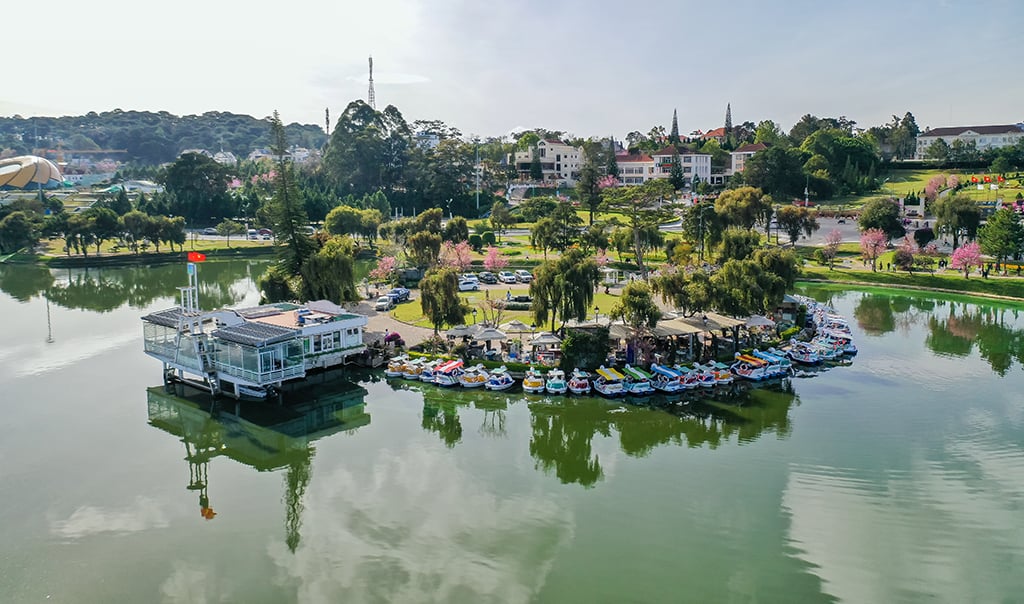
Xuan Huong Lake National Scenic Area is located in the center of Da Lat City.
Associate Professor, Dr. Bui Trung Hung (Dong Nai University of Technology) acknowledged the development of Da Lat in recent years, but also frankly pointed out the shortcomings, some aspects have been degraded if based on the criteria of sustainable development. Mr. Hung said that Da Lat has internal conflicts between conservation and development in exploiting the unique natural conditions when the inner-city forests no longer exist, many hills have been leveled, streams have been silted up, concrete houses are thickly covered...; the conflict between developing modern agriculture and protecting the unique ecosystem when greenhouses (plastic) cover the entire city, high chemical residues in the soil, polluted water sources, and warming climate have lost their attractiveness to tourists. Besides, there is a conflict between tourists' expectations of an attractive tourist area and meeting the essential living needs of local residents...
The change in lifestyle and lifestyle of Da Lat residents over the past 30 years has raised many issues of concern. Da Lat City and Lam Dong Province have organized many seminars and developed standards to determine criteria for building a civilized urban lifestyle, preserving the style of the ancient Da Lat people...; but the actual results have not met expectations. "Investing in creating new products that attract tourists, but must have real value in both culture and art, often requires time, and must be in line with policies and planning...", Mr. Hung shared.
Culture makes the difference
Also at the workshop, Mr. Tran Thanh Hoai, Deputy Director of Lam Dong Department of Culture, Sports and Tourism, said that Da Lat City has achieved many titles such as smart city, ASEAN clean tourism city, UNESCO creative music city. Da Lat is stepping out into the world "playground". To maintain those titles, it is necessary to rely on culture. Culture makes a difference for Da Lat; Da Lat people must be the focus for development. According to Mr. Hoai, the style and emotions of Da Lat people are the inspiration leading to the development of Da Lat tourism.
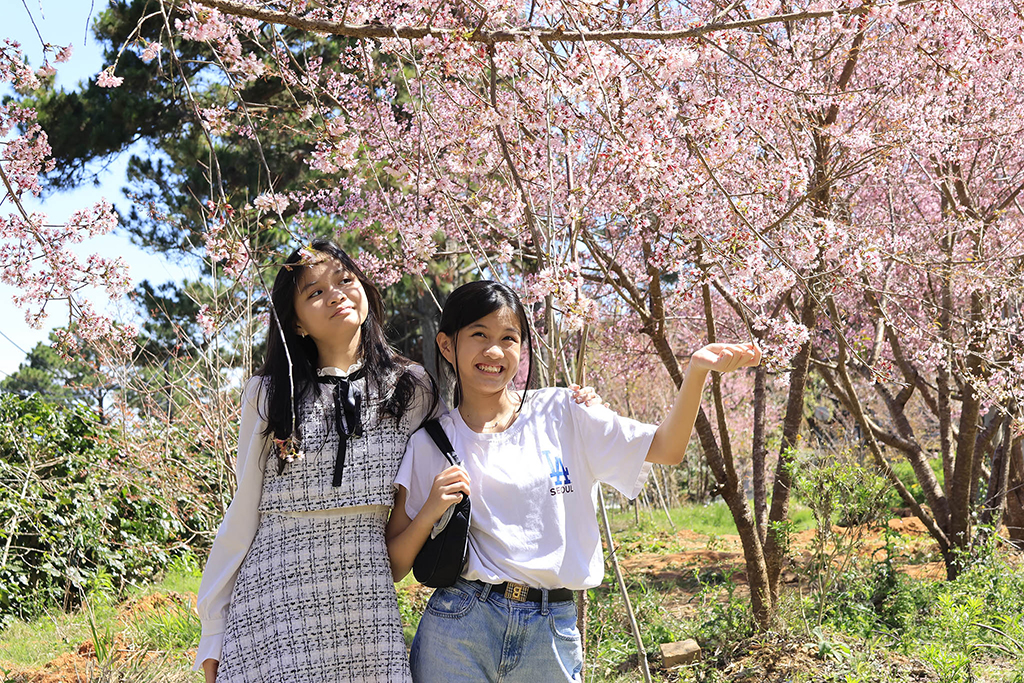
Tourists take photos with cherry blossoms - the typical flower of Da Lat
Sharing the same view, Dr. Phan Van Bong (Da Lat College) said that it is necessary to promote natural and cultural values in the sustainable development of Da Lat City. According to Mr. Bong, in recent years, when Da Lat has developed "hot" tourism, the population has increased rapidly, and the management in construction, agriculture, services, and tourism at the grassroots level is still weak, thereby causing consequences that strongly impact the natural and cultural values of Da Lat. "Promoting natural, cultural, and human values must be associated with conservation, thereby maintaining the beautiful names that make up the Da Lat brand: Cold Land, "Little Paris", Thousand Pine City, Dreamy City...", Mr. Bong expressed his opinion.
Dr. Nguyen Canh Chuong (Da Lat University) suggested building Da Lat into a science and innovation park because Da Lat has the elements and conditions that can meet the needs of scientific research and intellectual work activities. The goal of the science park is to create an environment for cooperation, investment, exchange, study, research and entertainment for visitors. Building Da Lat into a science park requires a large investment in time, resources and creative ideas; a successful science park can bring many scientific, economic and educational benefits...
130 years ago, on June 21, 1893, Dr. Alexandre Yersin and his expedition set foot on the Lang Biang plateau, opening the way for the formation of Da Lat City. In 1923, Da Lat had only 1,500 residents, but by 1944, Da Lat became the "capital" of the Indochina Federation when the Governor-General of Indochina and most important offices moved to work here; at this time, Da Lat had more than 25,000 residents. After more than 130 years of construction and development, from a wild land, today the appearance of Da Lat has gradually changed, the economy and society have developed with nearly 260,000 people.
Source link


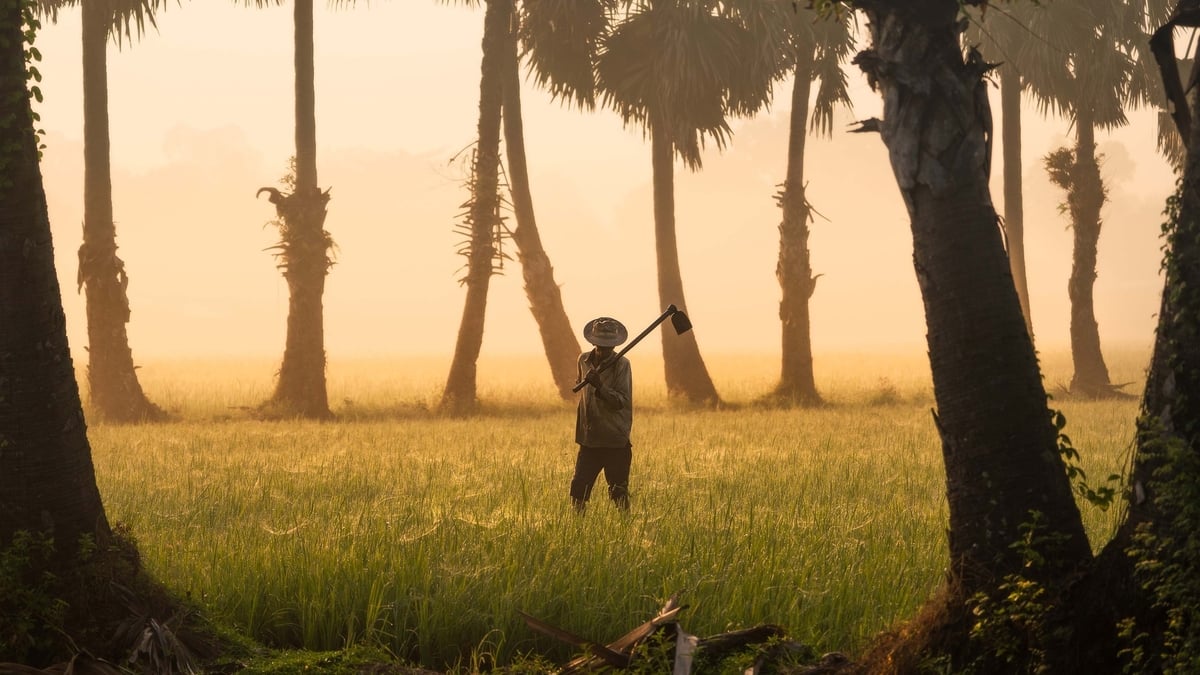
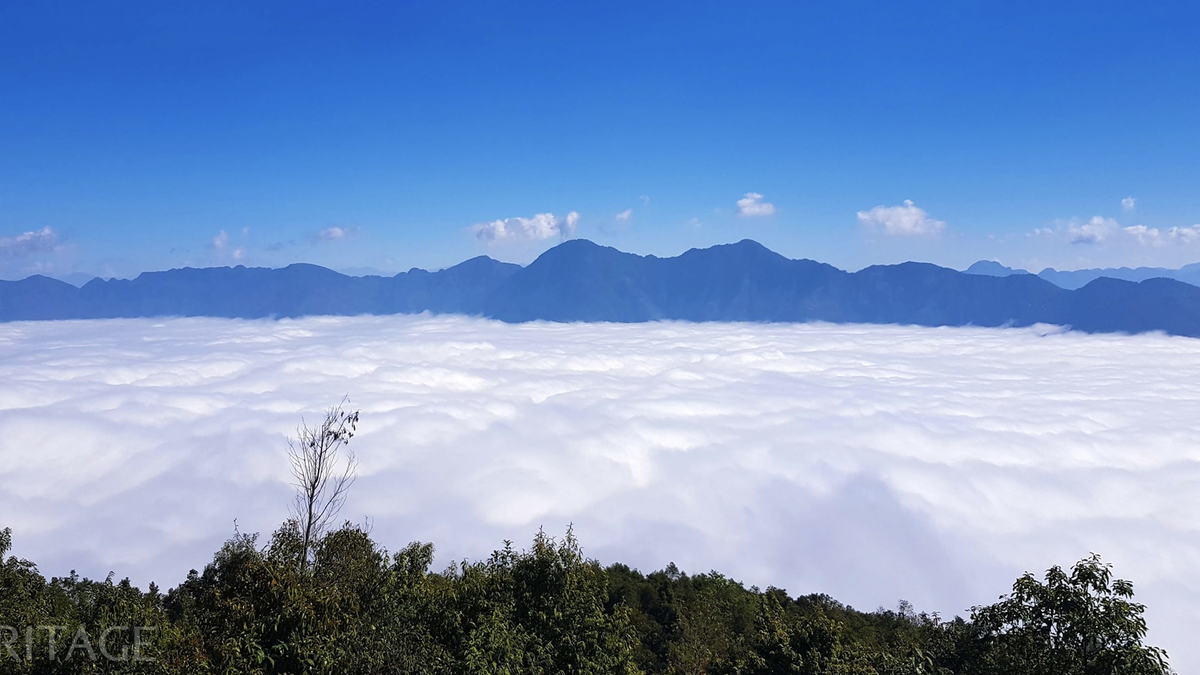
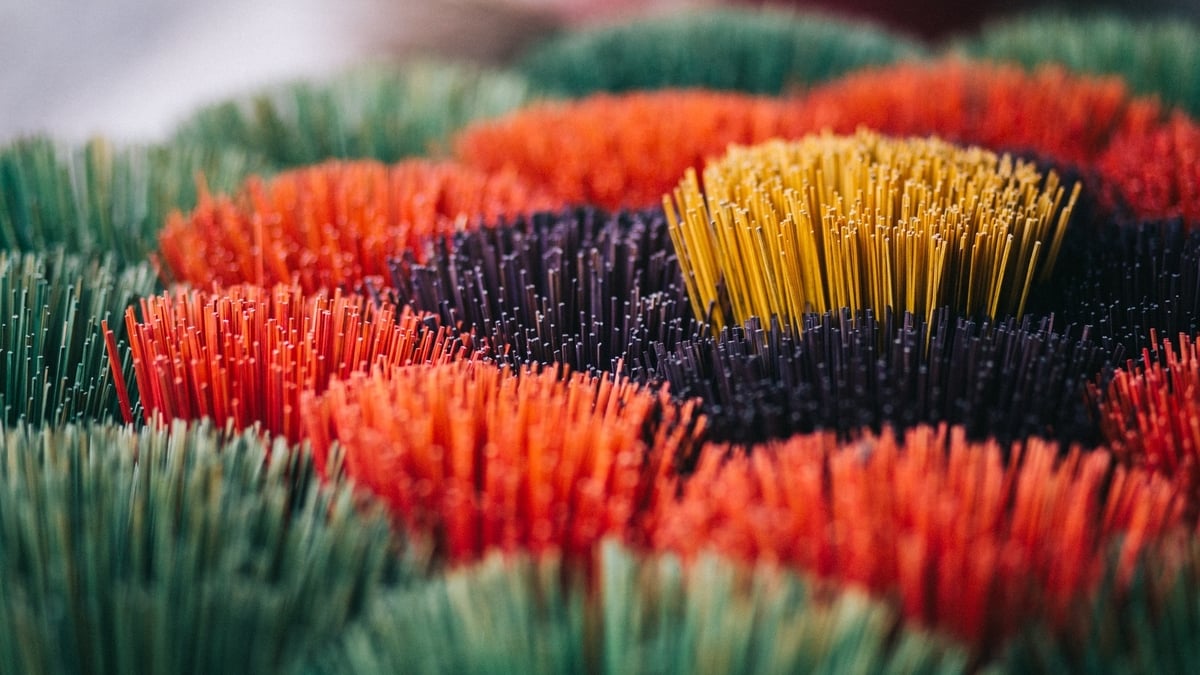
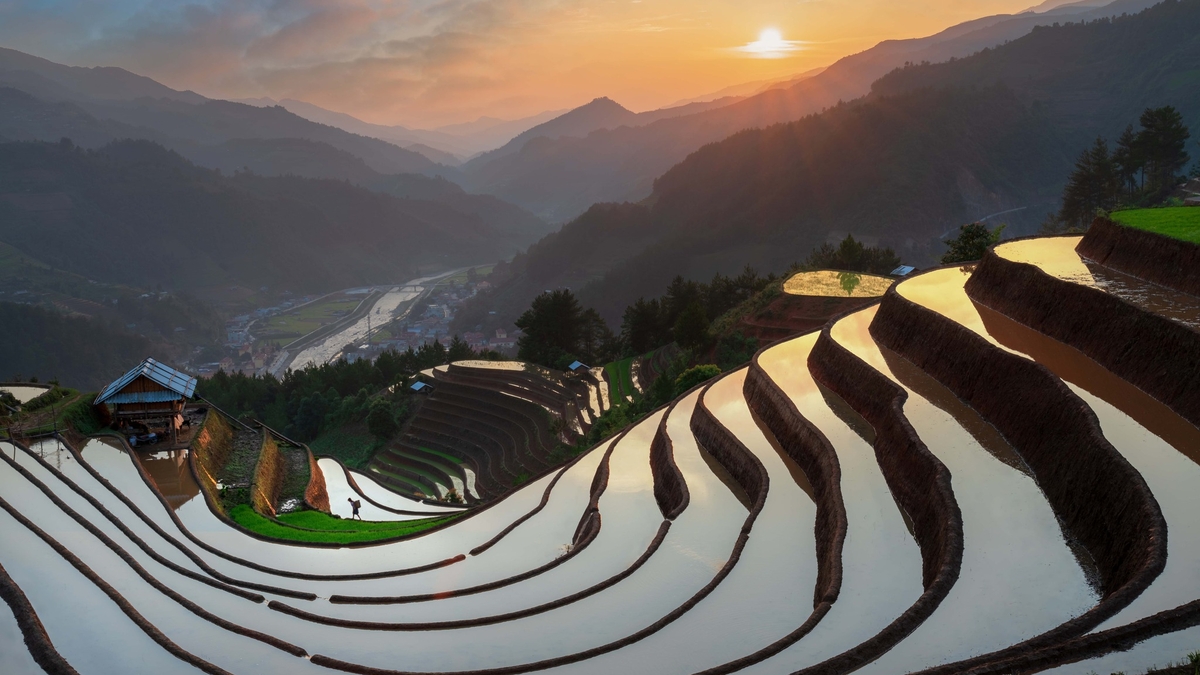
![[Photo] T&T 1 and Ho Chi Minh City 1 People's Police Teams won the men's and women's team championships](https://vphoto.vietnam.vn/thumb/1200x675/vietnam/resource/IMAGE/2025/5/22/39db06ae67cb4001b7a556e8d9a56d07)
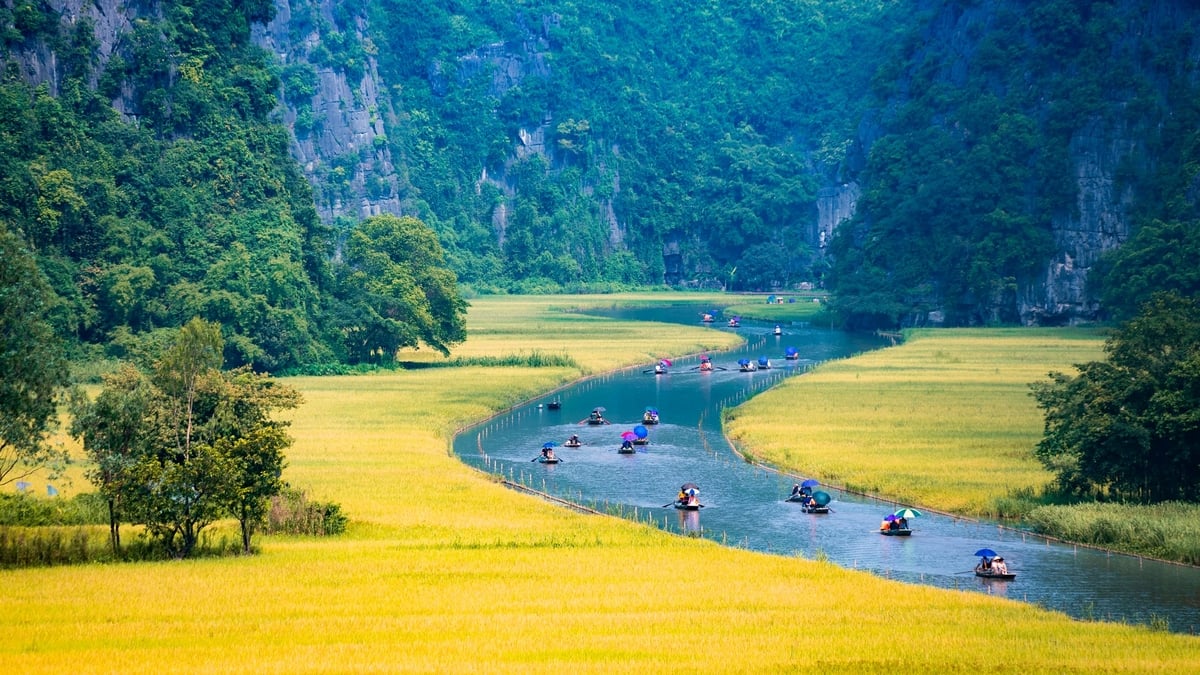
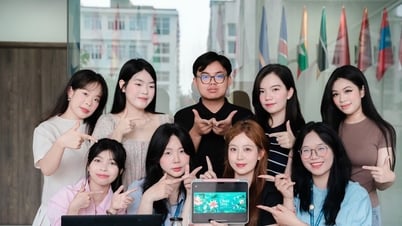

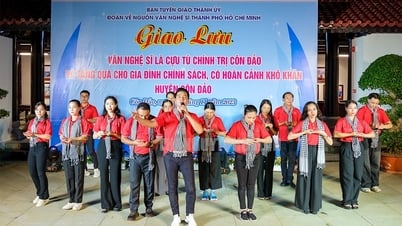


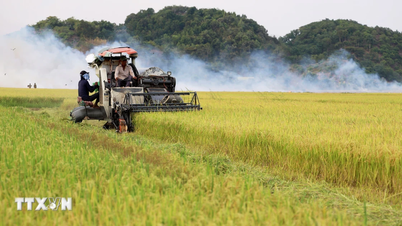

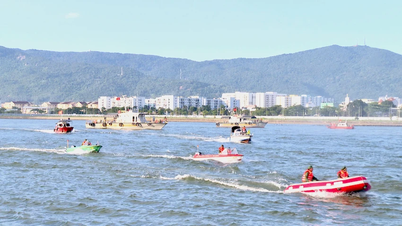
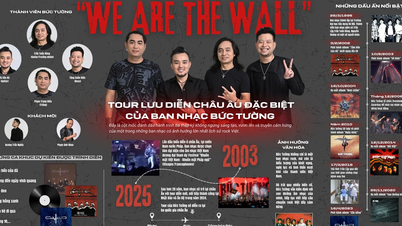
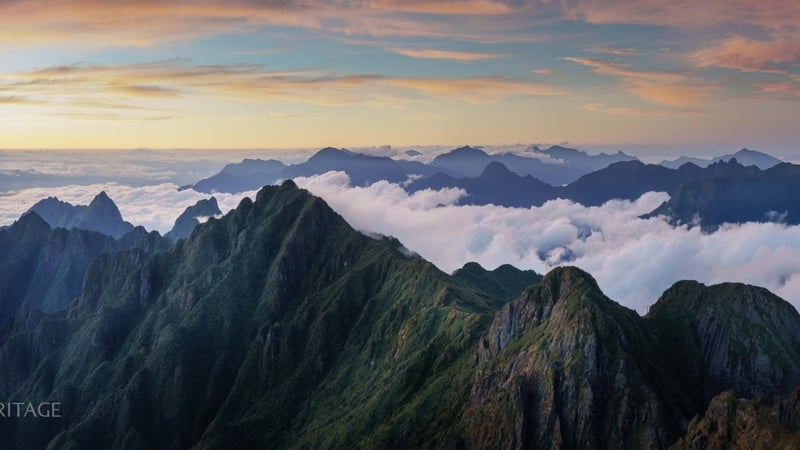
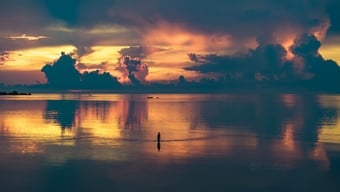
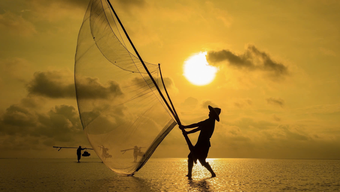


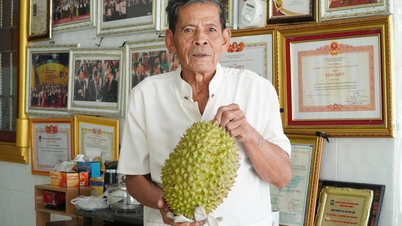
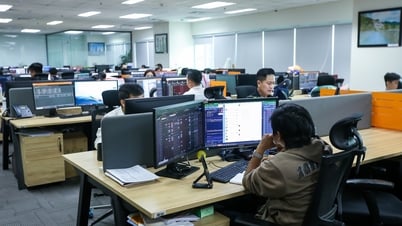
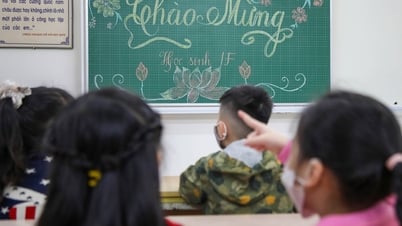

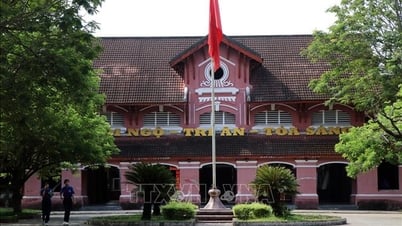

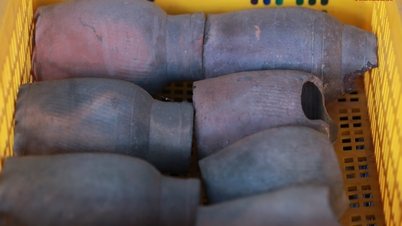



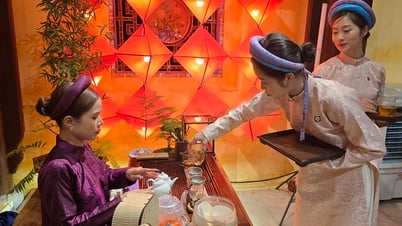

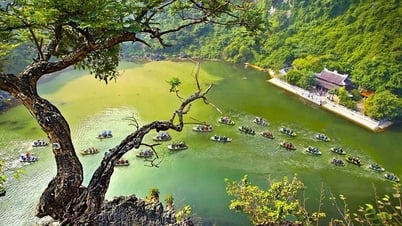

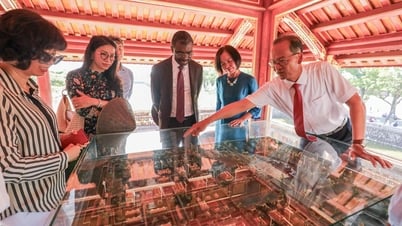
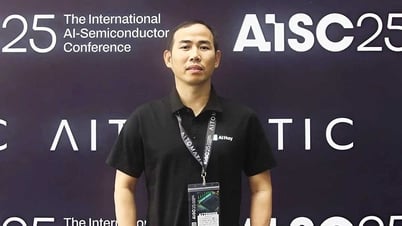

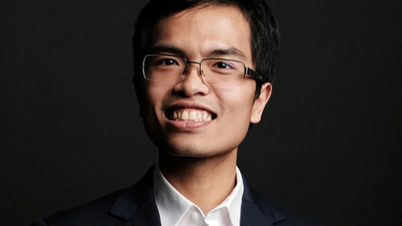

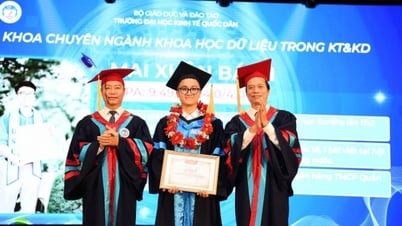

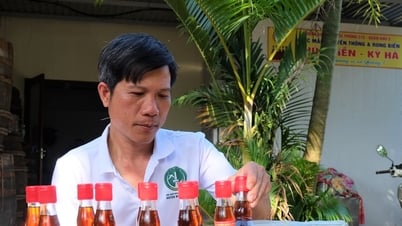

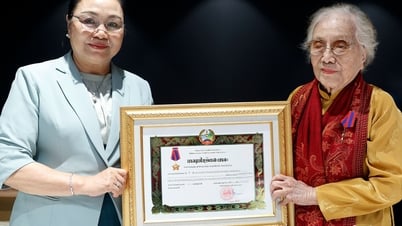

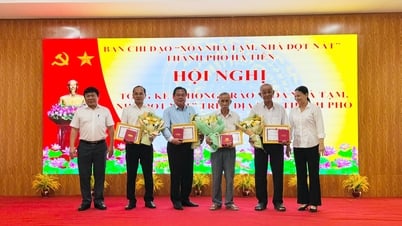

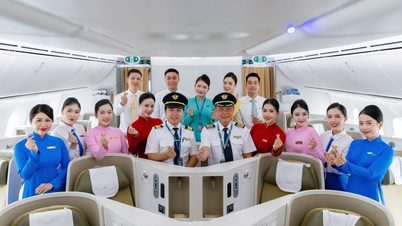


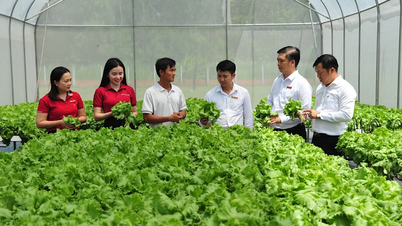

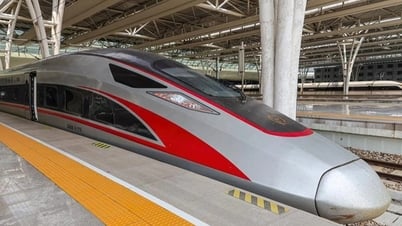
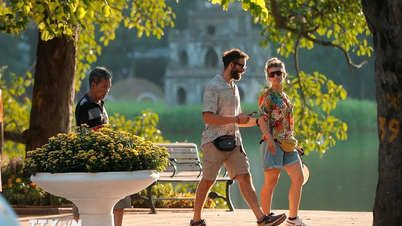
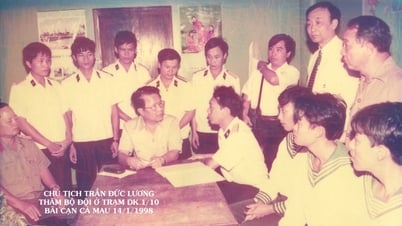



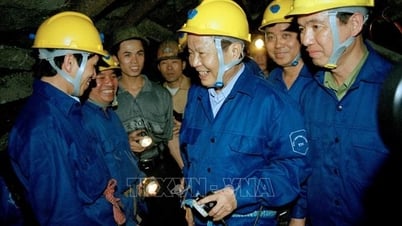
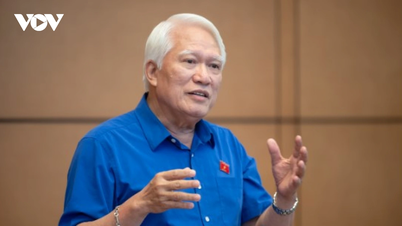
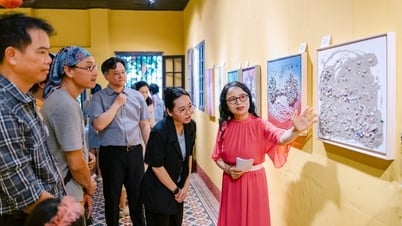

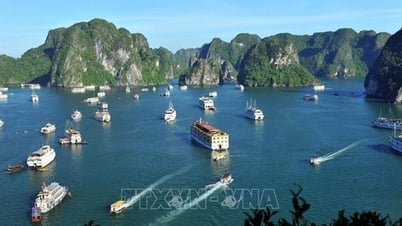
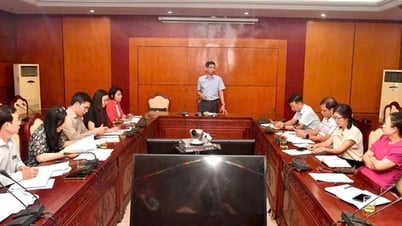
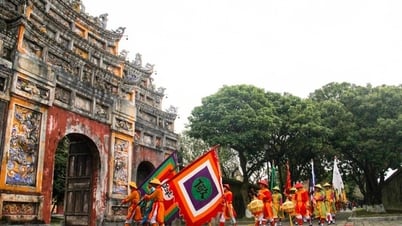
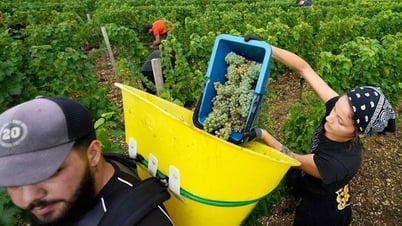

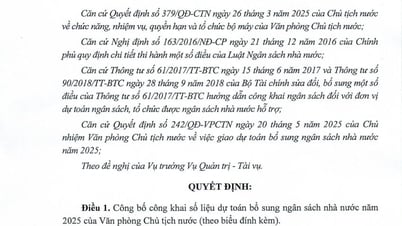

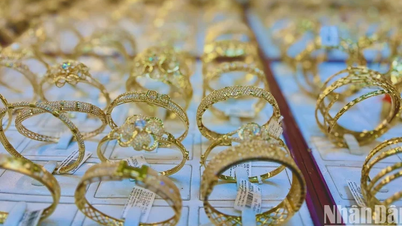

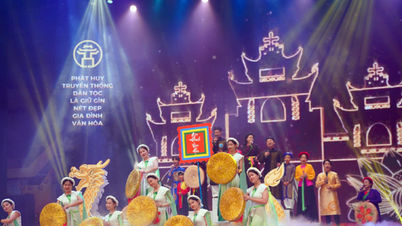

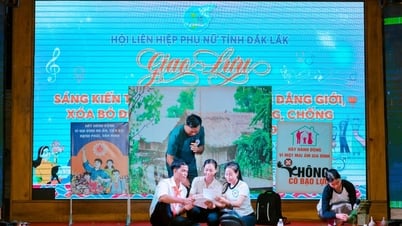

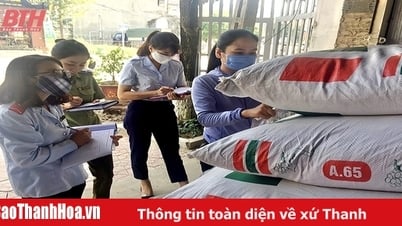

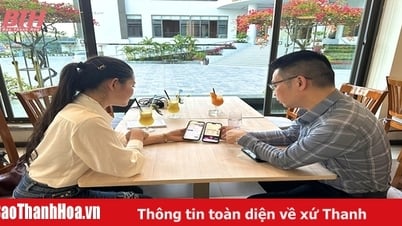
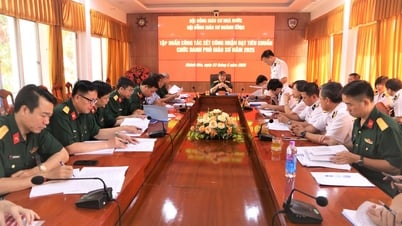

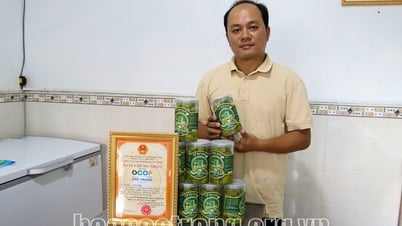

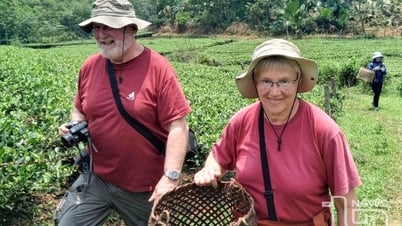

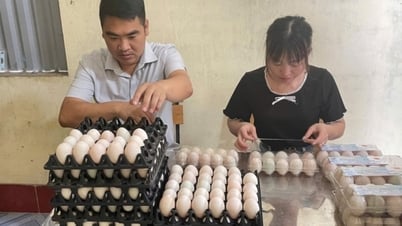
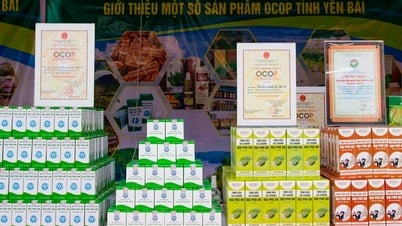

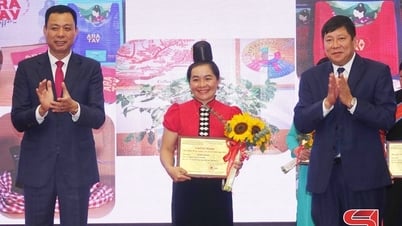

![[Podcast] Week introducing more than 500 OCOP products in Hanoi](https://vphoto.vietnam.vn/thumb/402x226/vietnam/resource/IMAGE/2025/5/22/d144aac2416744718388dbae3260e7fd)
Comment (0)